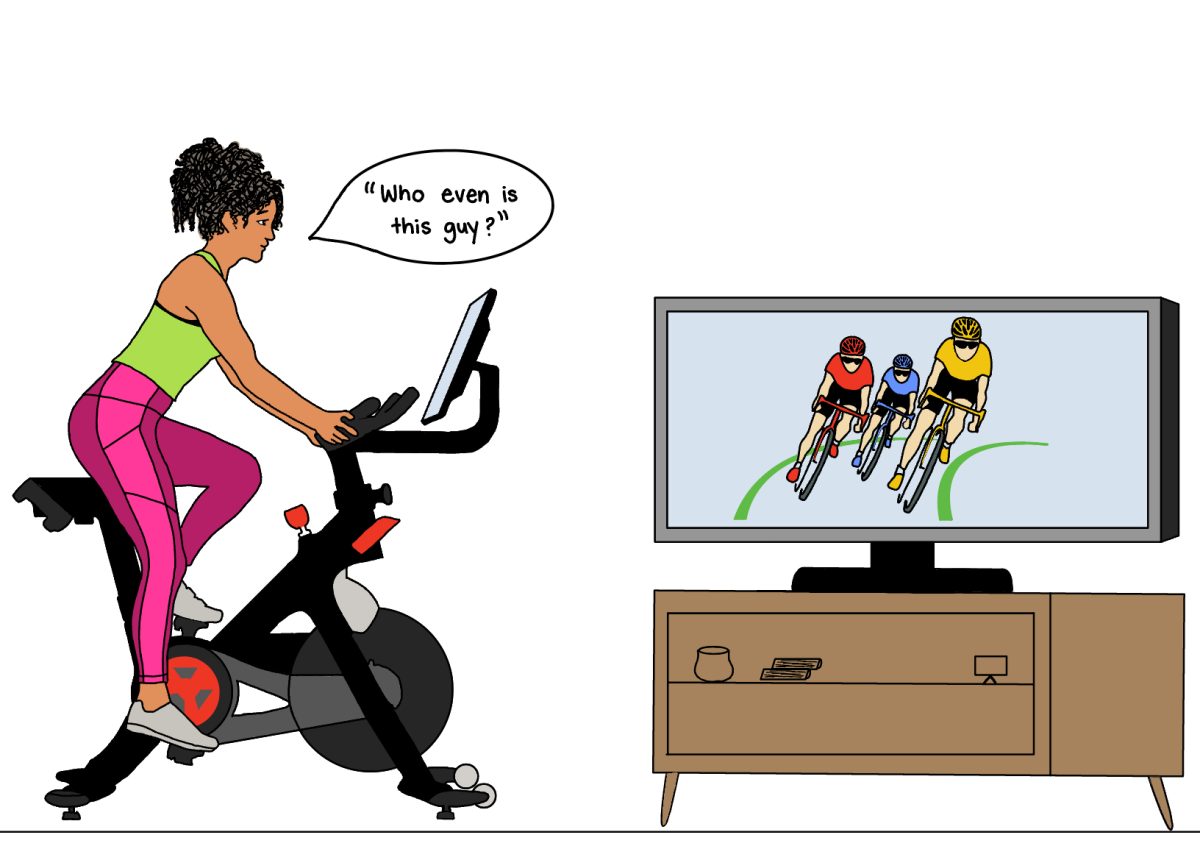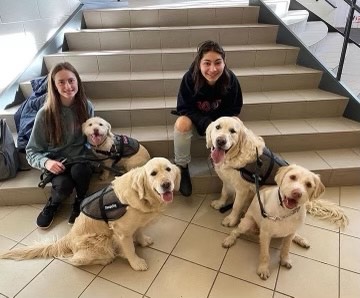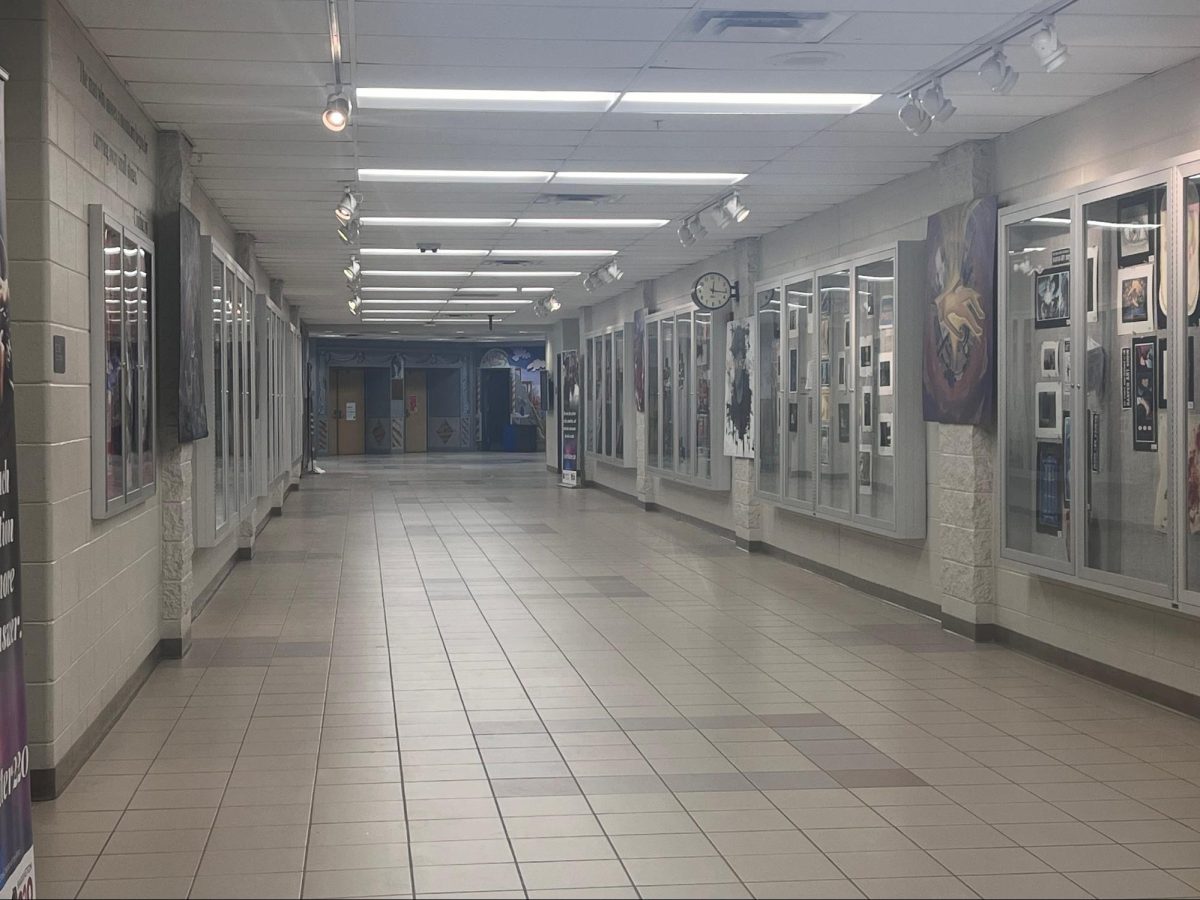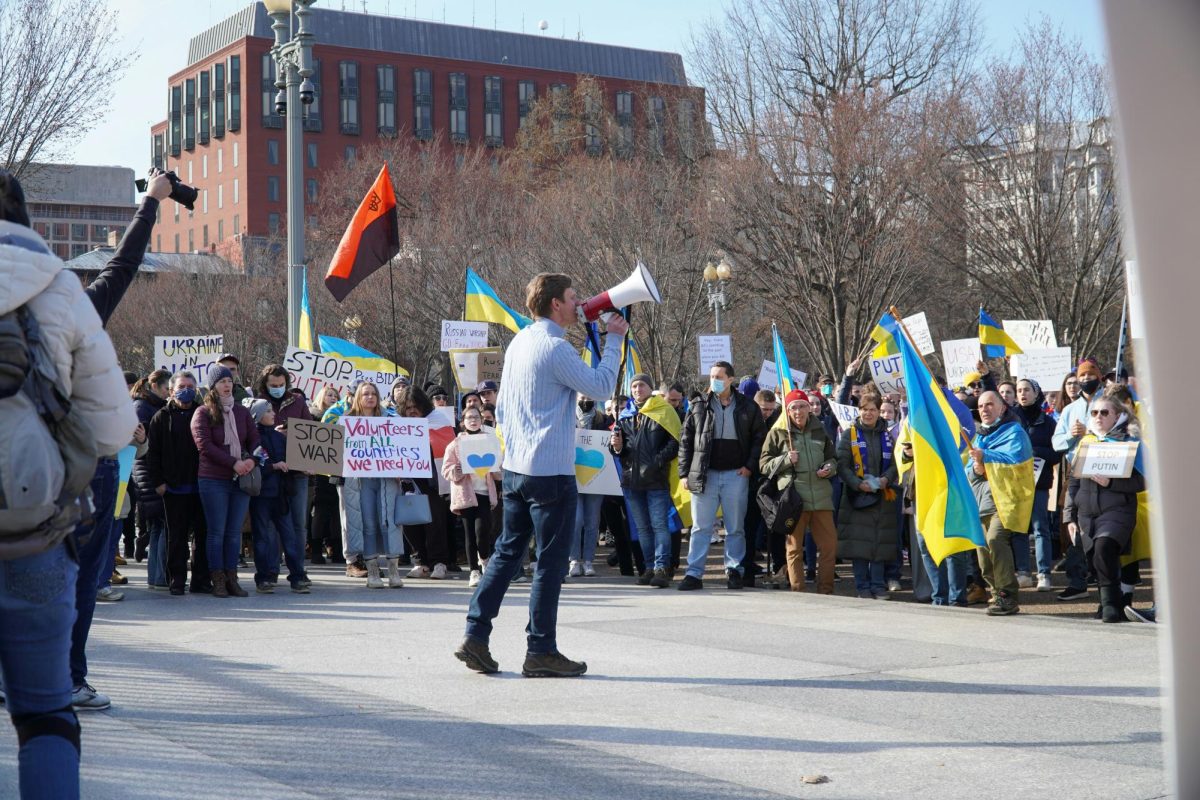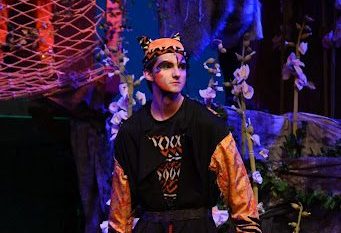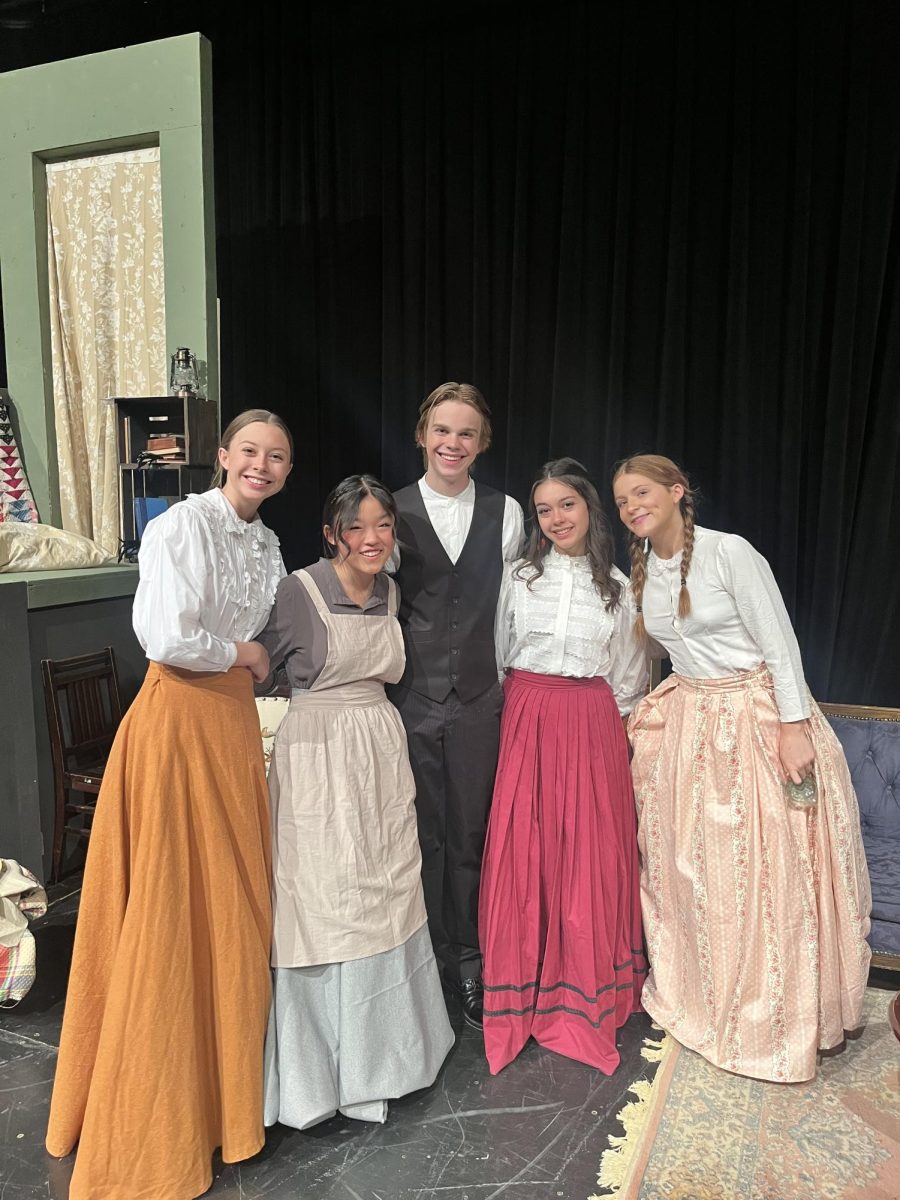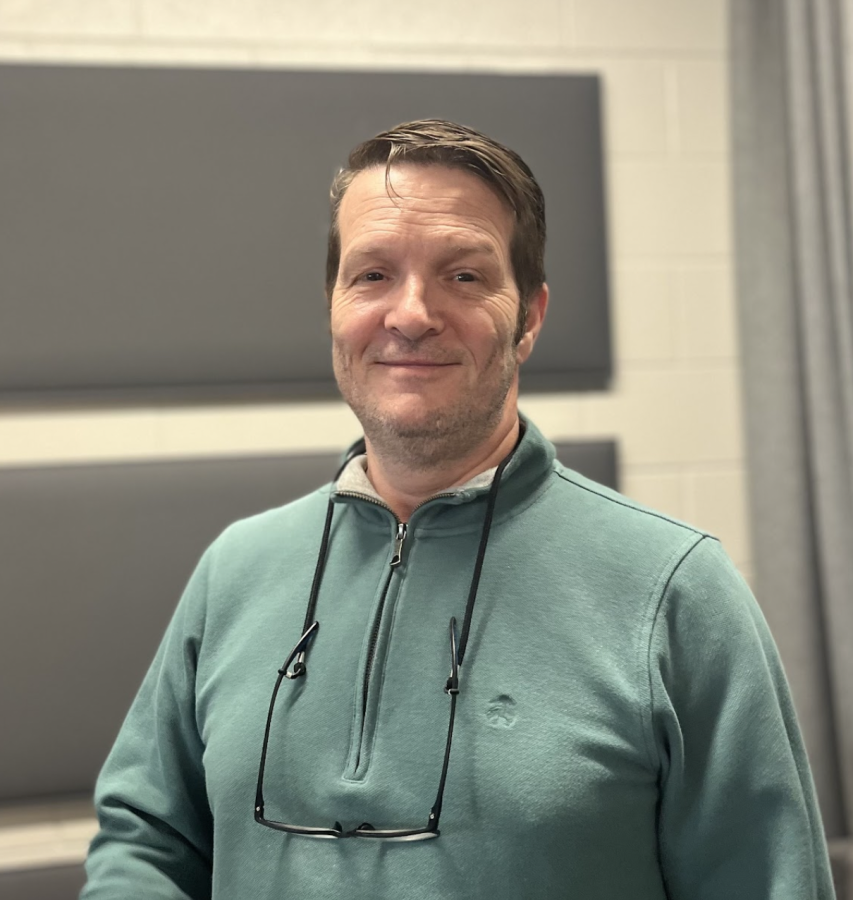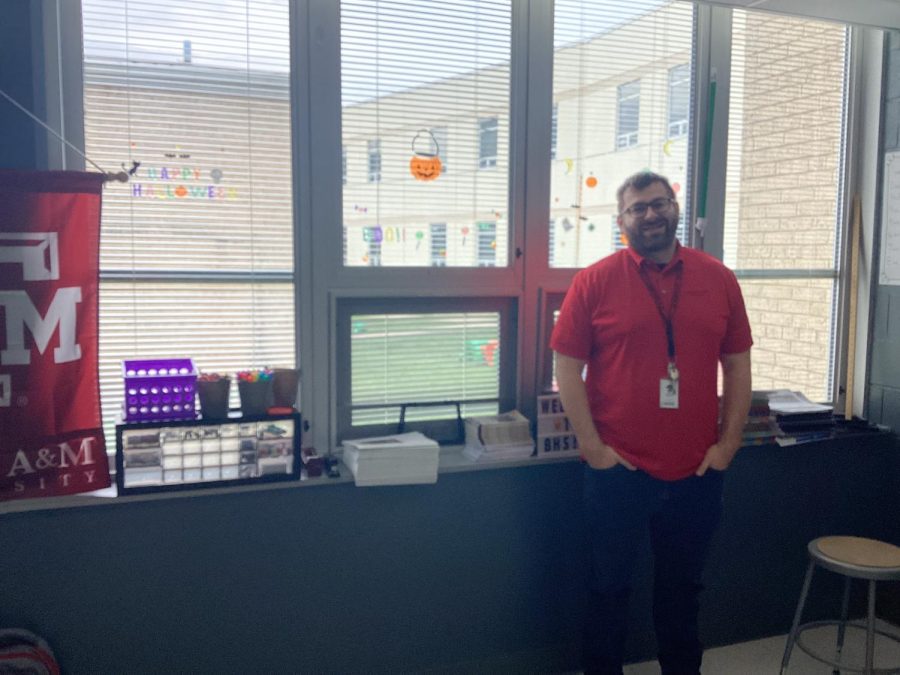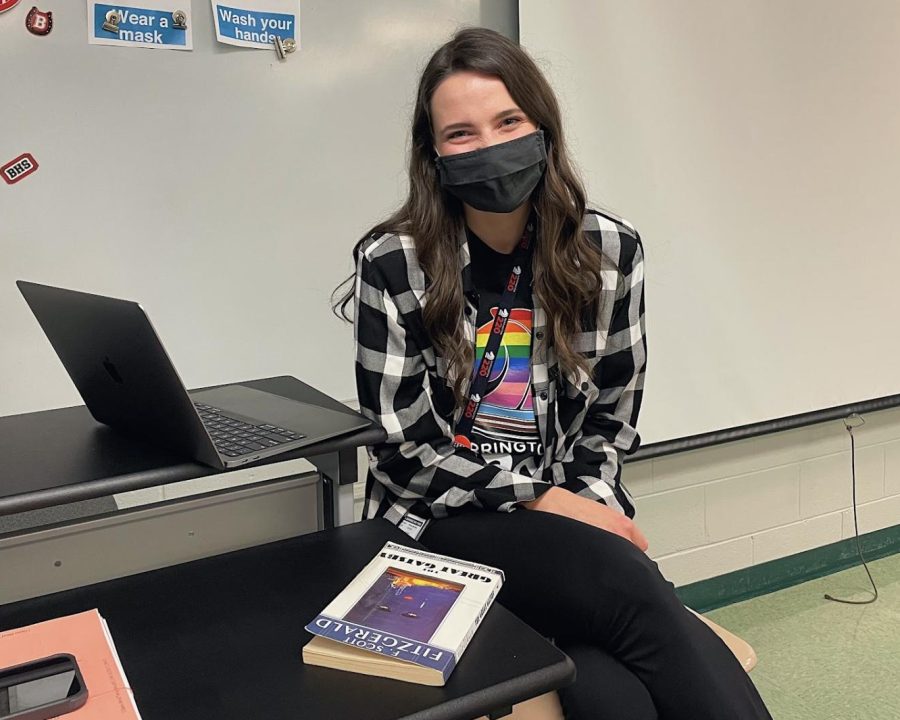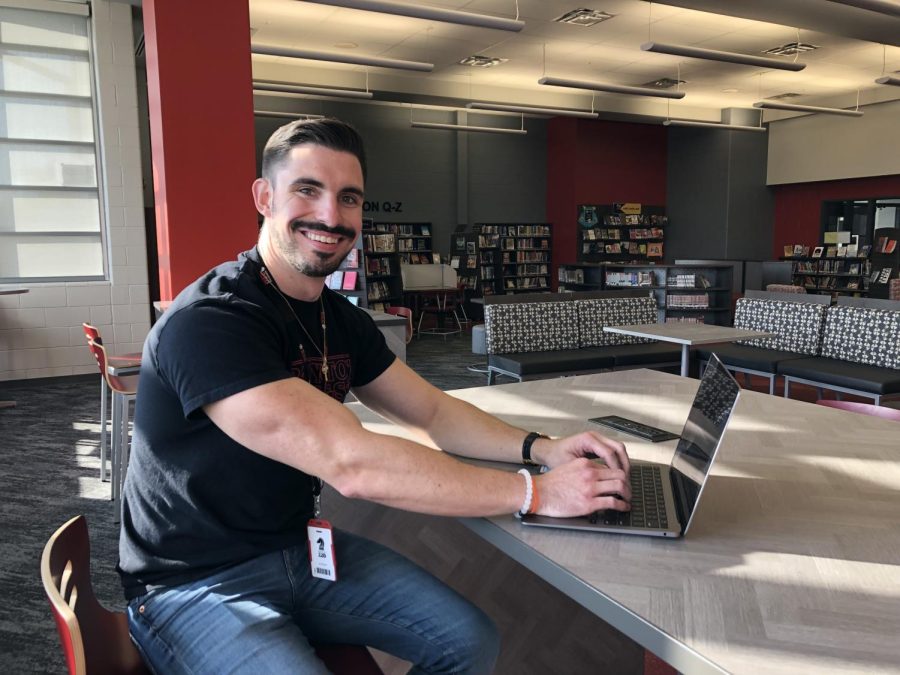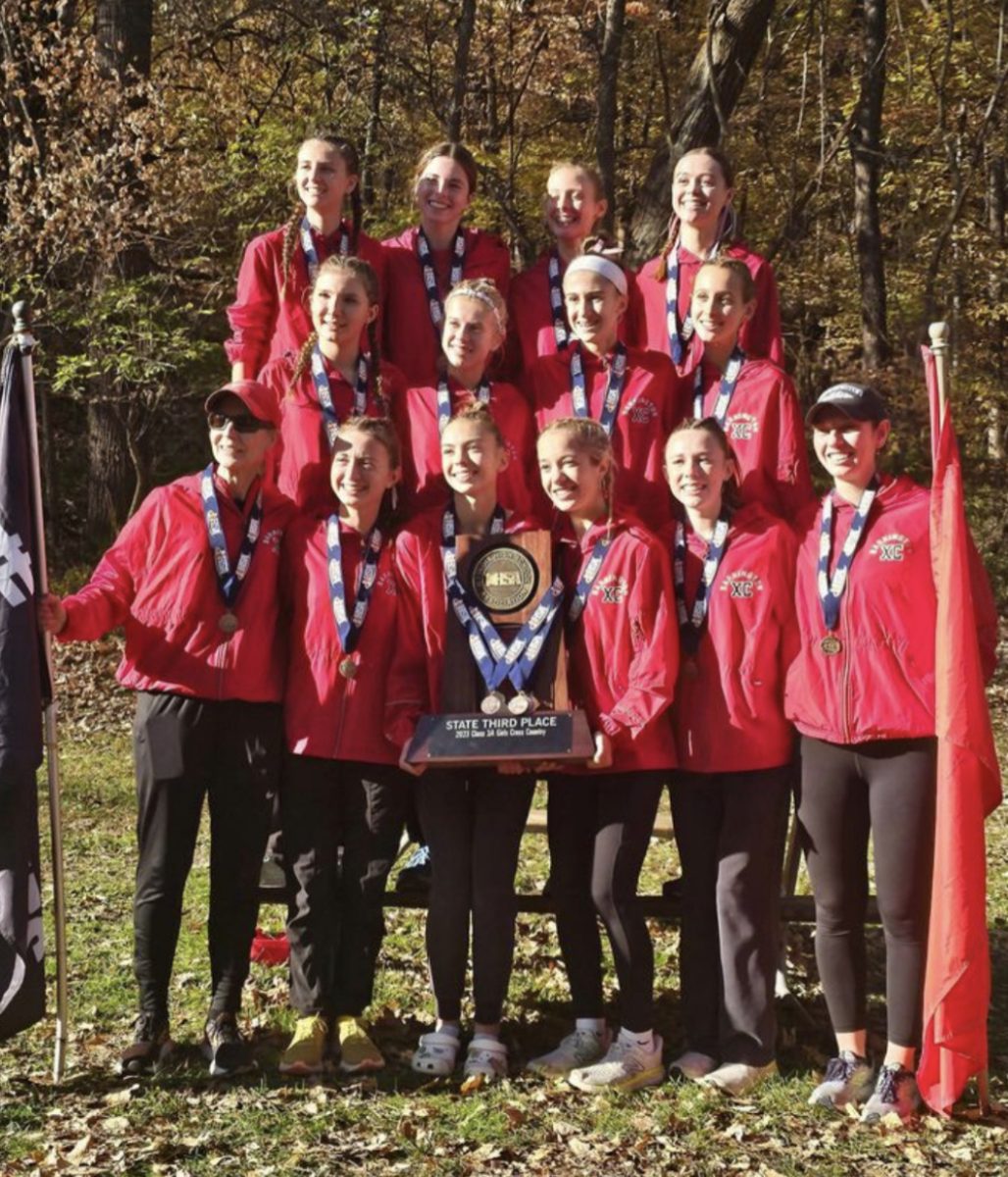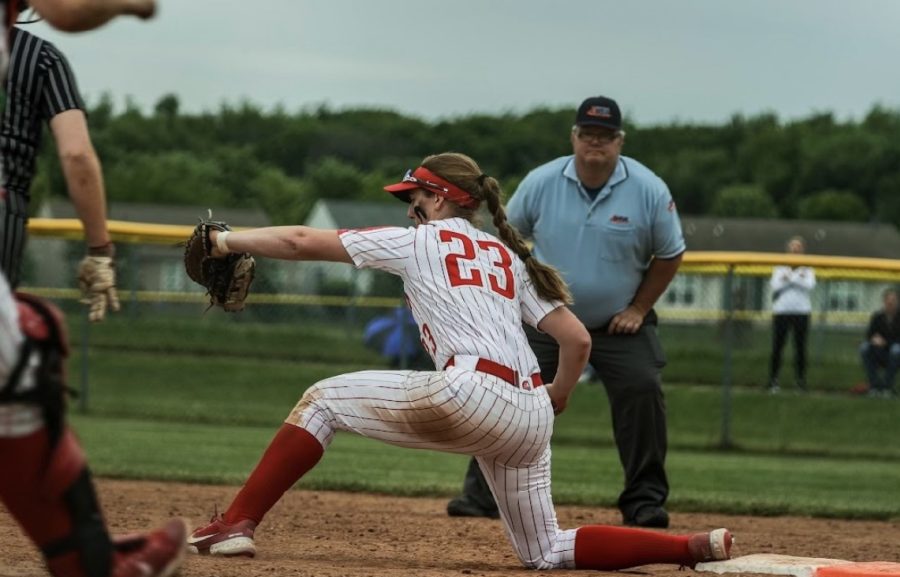AP government and civics update
On November 18th, about 450 Civics and AP U.S. Government and Politics students, making up 19 classes, gathered in the cafeteria to participate in the first half of a school-wide congressional legislative stimulation. The purpose of this was to give students a first-hand experience of the legislative process.
Students from both classes were asked to come together in the weeks prior to the simulation and write legislative bills in groups of two. Committees of about 10-12 were formed, intermixing Civics and AP Government students, where they discussed, debated and voted on the proposed legislation. Included in this lunchroom simulation was also the final election for President and Speaker of the House, wrapping up a running portion of the earlier campaign simulation. Zach Harasimowicz was nominated as President, representing the Republican Party, and Nick Lenz was nominated for Speaker of the House, representing the Democratic Party.
Following a debate on each of the six to seven bills assigned to each group, Committees were asked to designate one bill as “priority” out of the legislation they passed that would go on to be debated in the Full Session of Congress (the second half of the simulation) a week later.
The Full Session of Congress took place in the auditorium. The Speaker of the House presented bills that were to be debated, authors gave a summarizing speech, and debate was held. Following this, the bill was voted on, and if it passed, it would go on to the President. Around 10 bills were debated, with only one bill, concerning a value-added tax, being passed by both “Congress” and the “President.”
Mr. Waxler and Mr. Weisenburger are the teachers responsible for initiating the event. 3 years ago they visited a number of high schools that did large scale simulations. The one that stood out to them the most is that of Metea Valley High School.
The school a similar size to ours, they observed the committee process and then a full session process as well. They thought it would be an interesting simulation for us to do, especially when the Civics course was implemented, therefore modeled it after this. All AP U.S. Government and Civics teachers pitched to some extent.
The only trouble ran into was space. With 450 students and 41 committees and only one space being the cafeteria it was difficult considering everything was so loud. One thing Mr. Waxler said that the teachers are looking into changing for next year is finding quieter, different places to hold the committees but they are restricted by the school’s facilities.
The teachers were extremely pleased as to how the simulation went. “I was overjoyed,” said Mr. Waxler, AP U.S. Government teacher. He was extremely Impressed with the students to work in the bills and their engagement overall in the entire simulation.
Students felt that this simulation was a great learning opportunity and truly helped them better grasp the legislative process. It didn’t feel unnecessary, excessive or redundant, and was a successful way of getting to learn outside of the classroom.
“I thought that the simulation was a great learning experience. I was one of the students whose bill got priority. It was scary at first to have to go up in front of all the students give a speech as well as answer questions, but in the end, it was worth it,” said junior Morgan Scariano.
Your donation will support the student journalists at Barrington High School! Your contribution will allow us to produce our publication and cover our annual website hosting costs.









